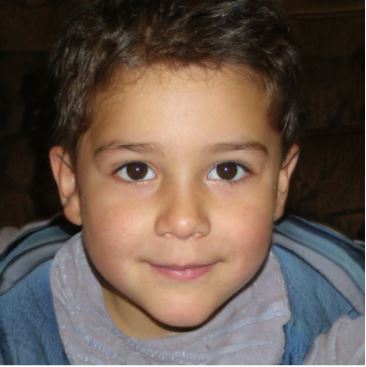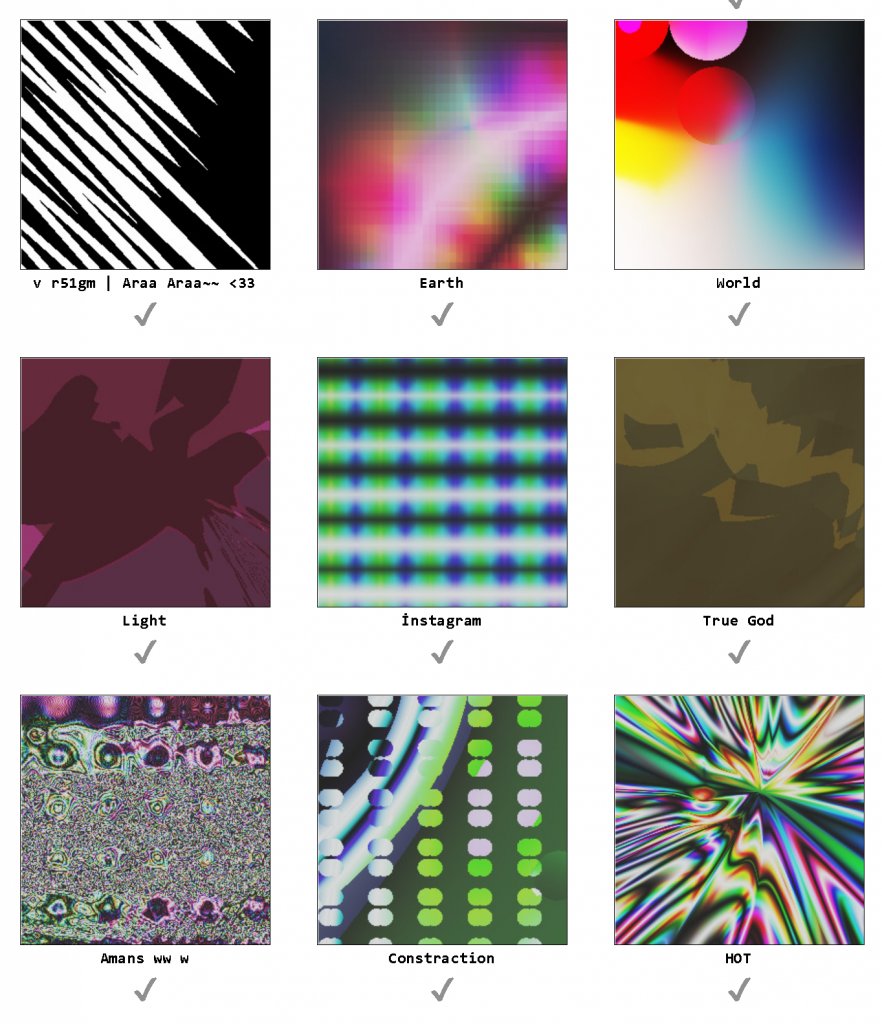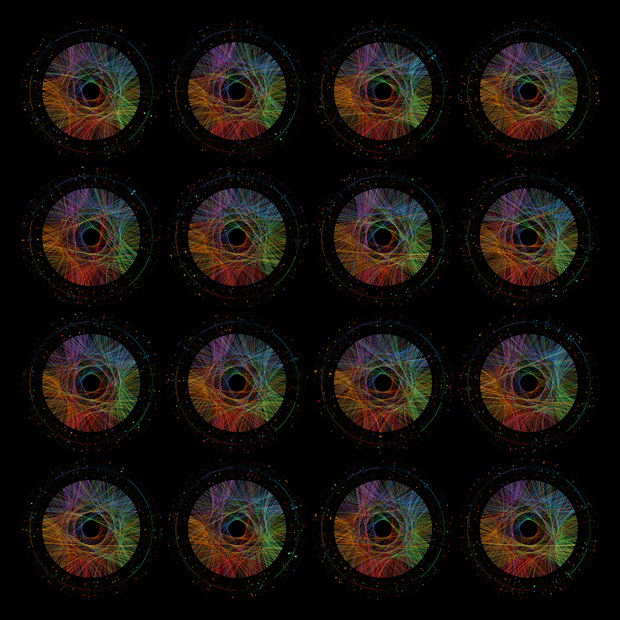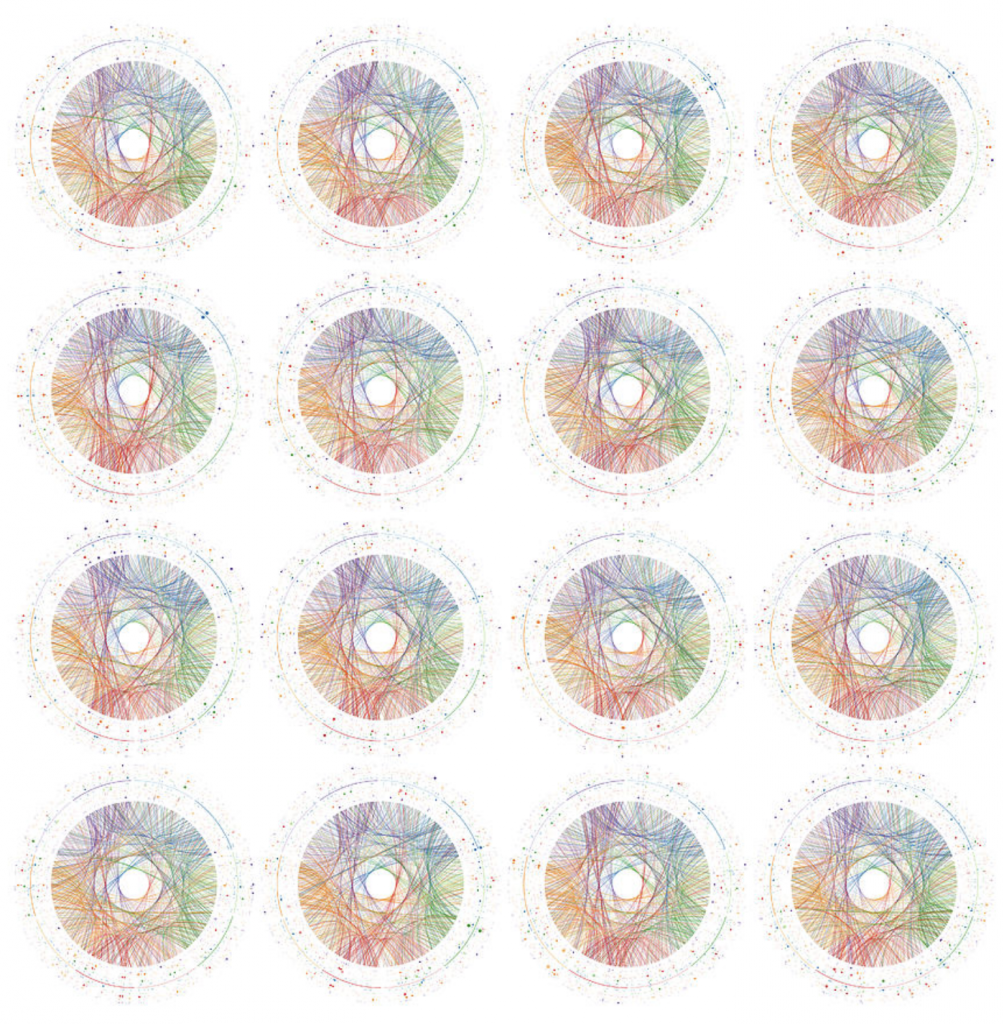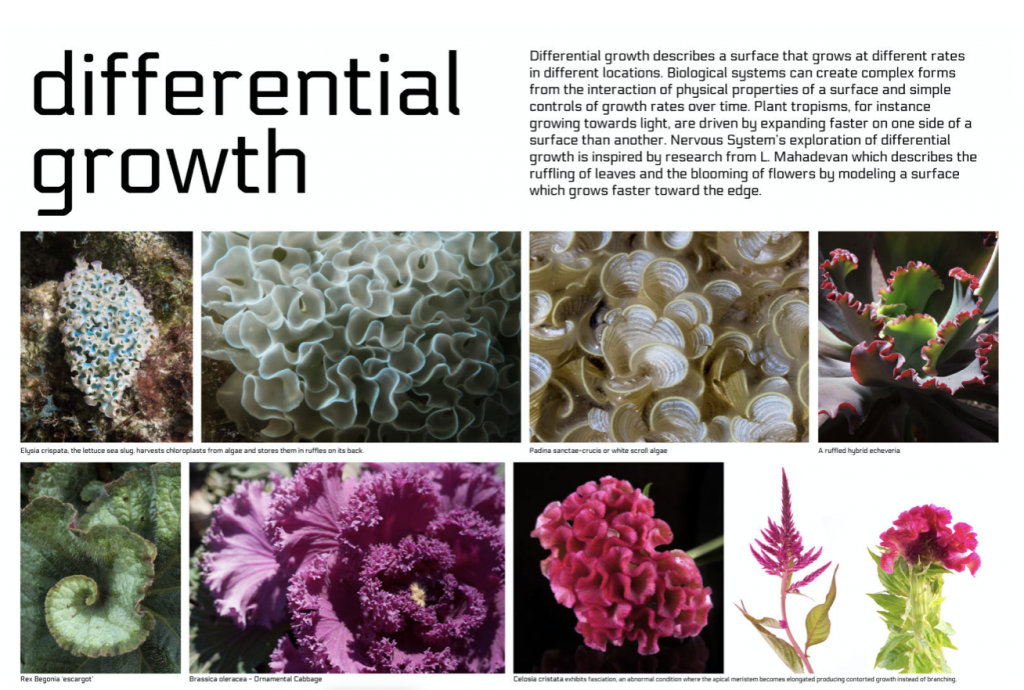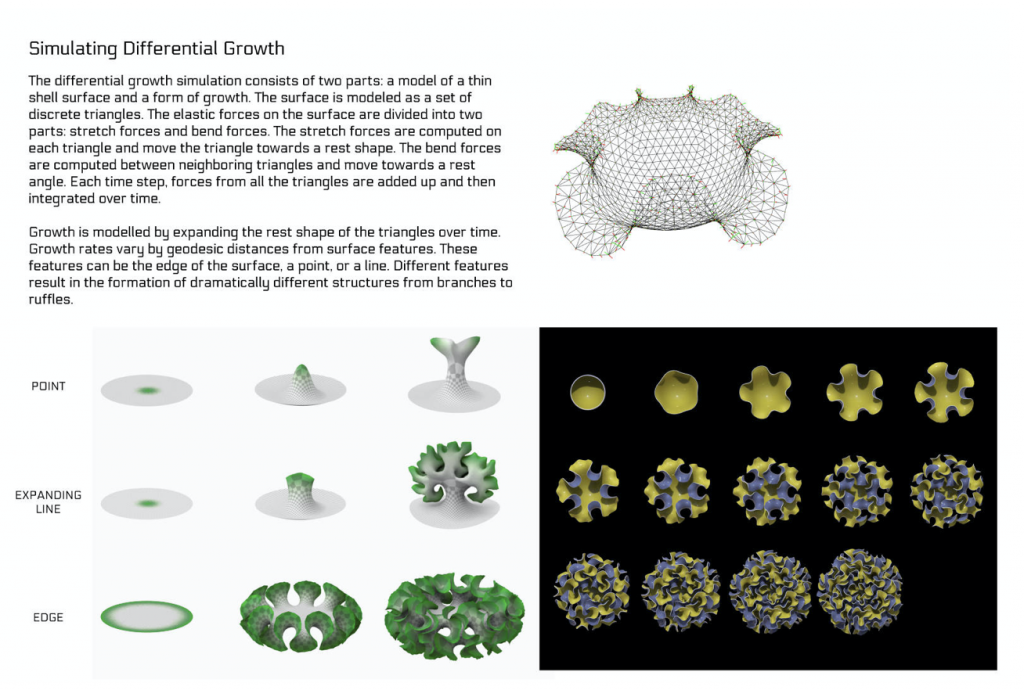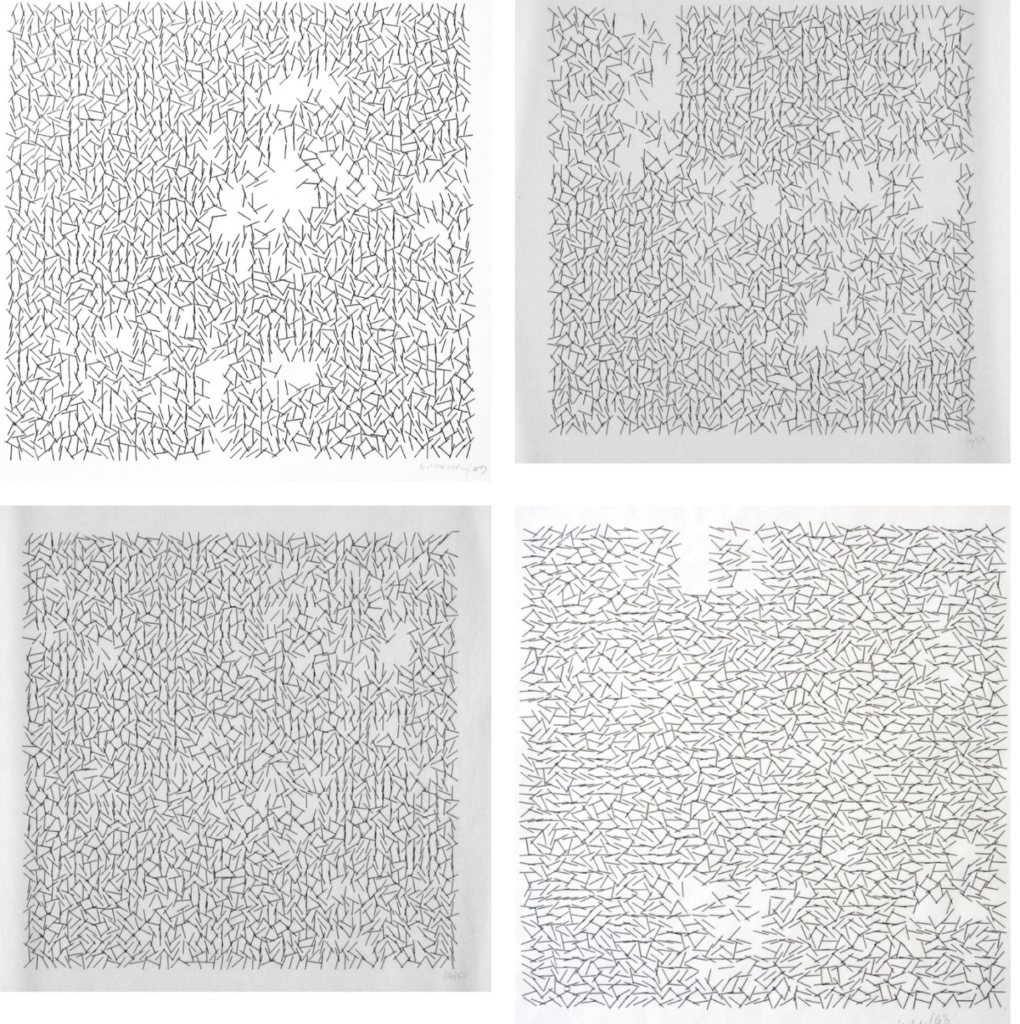Alden Bates is a very small artist I found online, he has some art on his old blog that he used to keep and it just so happens to have randomly generated computer art. The piece I would like to talk about is called Bloom. Bates created it using a computer to randomly generate a square of random dots, he then applied Paint Shop Pro filters until he thought it was considered art. I admire this art piece because it was made by a small artist and it is what he considers to be art, it is nothing fancy and something I could easily make if I tried. I also admire how this work was created in 2002, about 18 years ago, this means random computer generated art has been used and relevant for a while now and as technology and computed become complicated this art will continue to grow.
http://www.tetrap.com/random/ran021206.html
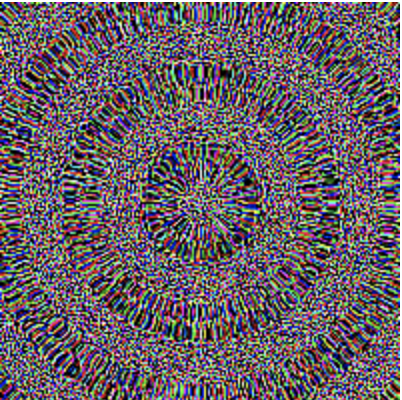
![[OLD FALL 2020] 15-104 • Introduction to Computing for Creative Practice](../../../../wp-content/uploads/2021/09/stop-banner.png)

